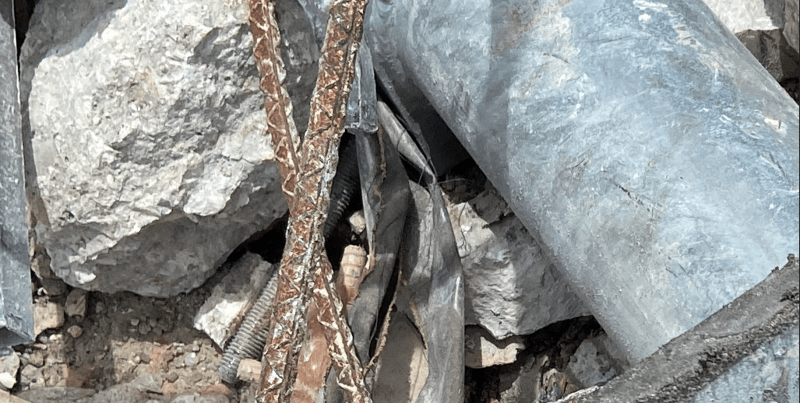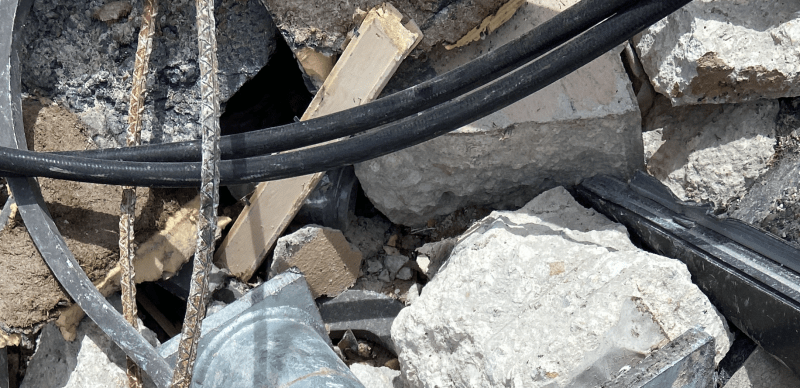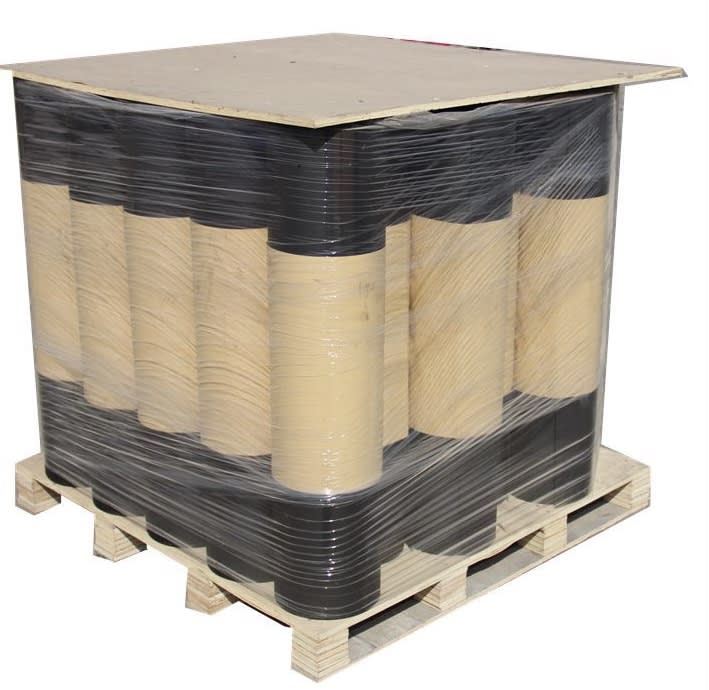A continuation of our discussion of this failure. Best to read the other threads first to avoid rehashing things already discussed.
Miami Beach, Champlain Towers South apartment building collapse
Miami Beach, Champlain Towers South apartment building collapse, Part 02
Miami Beach, Champlain Towers South apartment building collapse, Part 03
Miami Beach, Champlain Towers South apartment building collapse, Part 04
Miami Beach, Champlain Towers South apartment building collapse, Part 05
Miami Beach, Champlain Towers South apartment building collapse, Part 06
Miami Beach, Champlain Towers South apartment building collapse, Part 07
Miami Beach, Champlain Towers South apartment building collapse, Part 08
SF Charlie
Eng-Tips.com Forum Policies
Miami Beach, Champlain Towers South apartment building collapse
Miami Beach, Champlain Towers South apartment building collapse, Part 02
Miami Beach, Champlain Towers South apartment building collapse, Part 03
Miami Beach, Champlain Towers South apartment building collapse, Part 04
Miami Beach, Champlain Towers South apartment building collapse, Part 05
Miami Beach, Champlain Towers South apartment building collapse, Part 06
Miami Beach, Champlain Towers South apartment building collapse, Part 07
Miami Beach, Champlain Towers South apartment building collapse, Part 08
SF Charlie
Eng-Tips.com Forum Policies



![[hammer] [hammer] [hammer]](/data/assets/smilies/hammer.gif)
![[shadessad] [shadessad] [shadessad]](/data/assets/smilies/shadessad.gif) I think we need to realize with MarkBoB2's calculation, that plastic Green and yellow handled bag is just the right 2500 lb static test load for a 5000 PSI rated OSHA roof anchor???
I think we need to realize with MarkBoB2's calculation, that plastic Green and yellow handled bag is just the right 2500 lb static test load for a 5000 PSI rated OSHA roof anchor???


